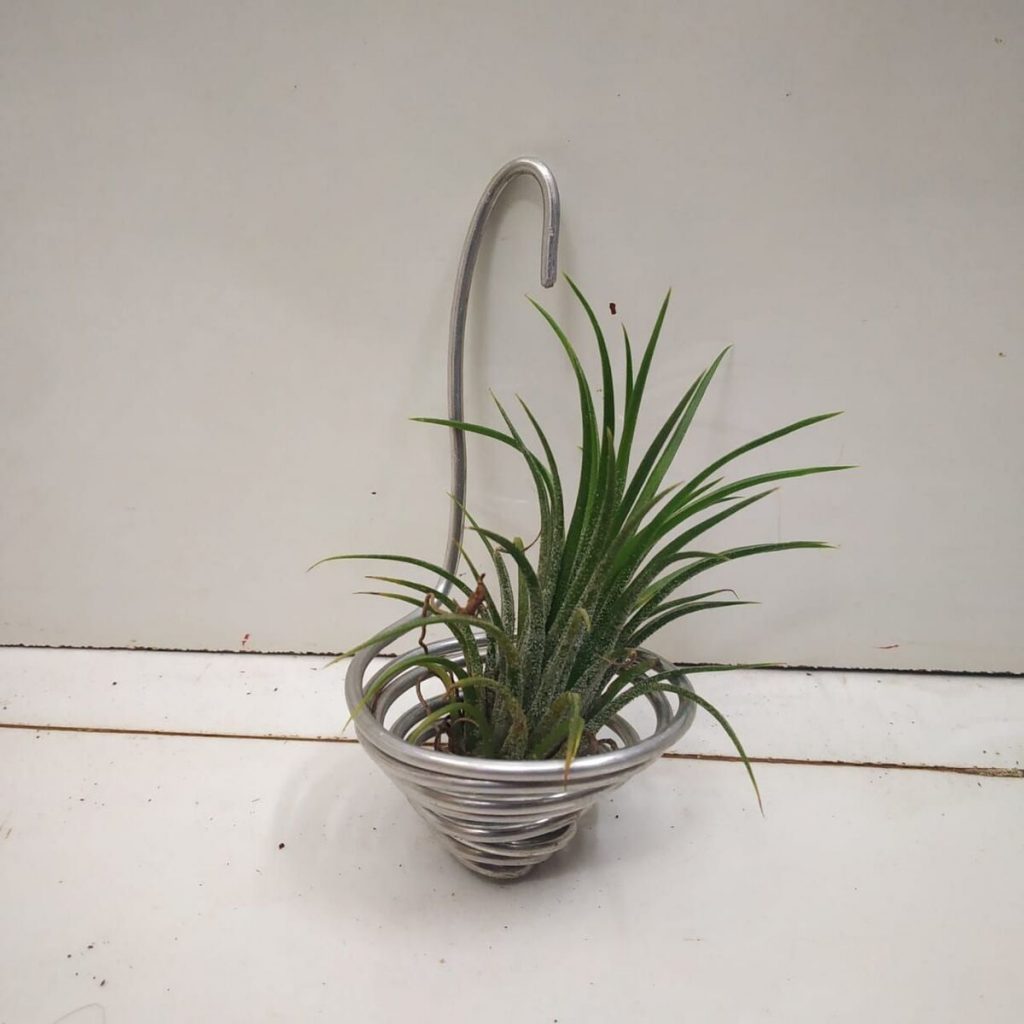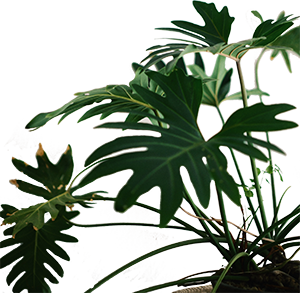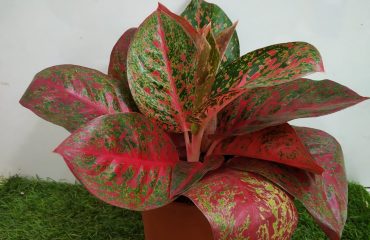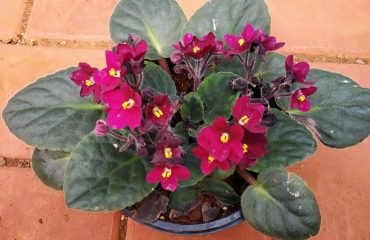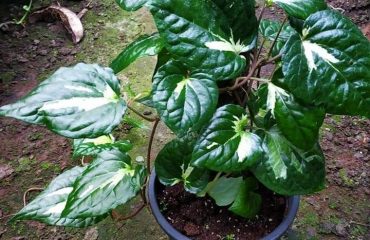How to Keep Air Plants Alive and Healthy ?
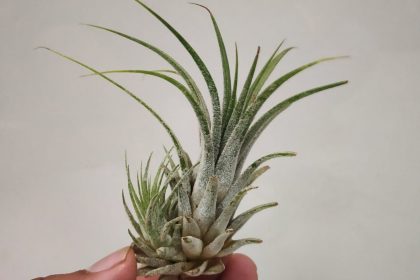
What’s in a Name?
The term ‘air plants’ is the common name for Tillandsias, a type of Bromeliad, because they don’t need to be planted in soil. Yup, no soil! In the wild, Tillandsias colonize objects such as rocks and trees by clinging onto them with their roots. Air plants are epiphytic, meaning they absorb moisture and nutrients through their leaves, while the roots are used primarily to provide support for the plant.
This is good news for crafty gardeners! It means that you can place an air plant in just about any spot in your house. Terrariums and seashells are some great ideas for air plants displays, and there are many more.
Air Plant Care Instructions
Air plants are easy to care for, as long as you are sure to give them the basics.
Air
Yup, as the name indicates, you must provide lots of air for your air plant. Do you need to give it a fan or blow dryer? No. Just make sure that it’s not sealed up in a closed container so that fresh air can circulate freely around the plant.
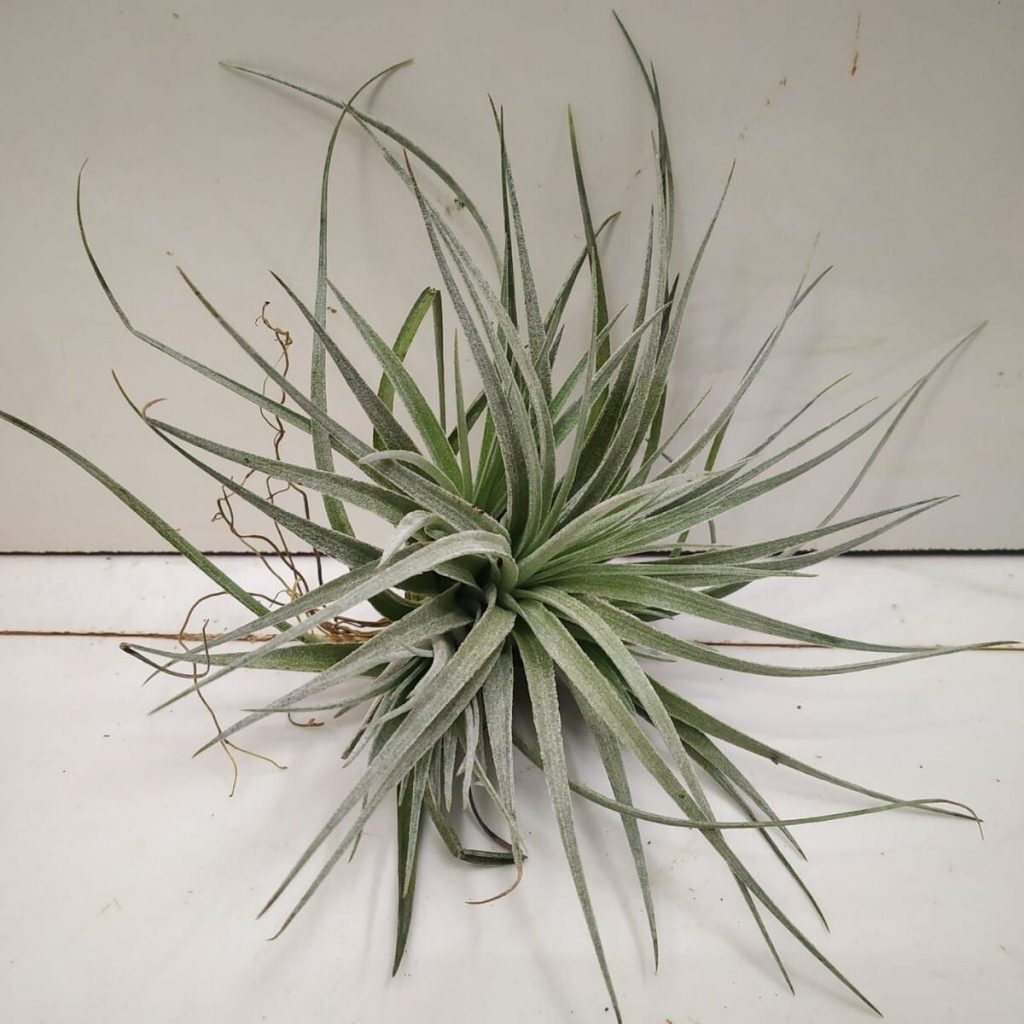
Water
Since they don’t grow in soil, air plants need to absorb moisture through their leaves. I have heard many, many times that garden centers have recommended spritzing them a few times a week. I find that this is just not enough water and that it is often the reason why air plants die. I never found that misting was very helpful or consistent.
Personally, I give air plants an hour-long bath to meet their water requirements. In the summer they need a weekly soak, whereas in the winter it’s once every 3 weeks or so. I like to use rainwater whenever I can, and this is pretty simple given I live in a rainforest! You can use tap water as well, just leave it out for 24 hours to allow the chlorine to evaporate or use filtered water.
Light
Air plants prefer bright, indirect light. A sunny window may be too much light and a dark room will be too little. Find a bright spot in your home where the sun doesn’t directly beam right at the plant, which can burn it.
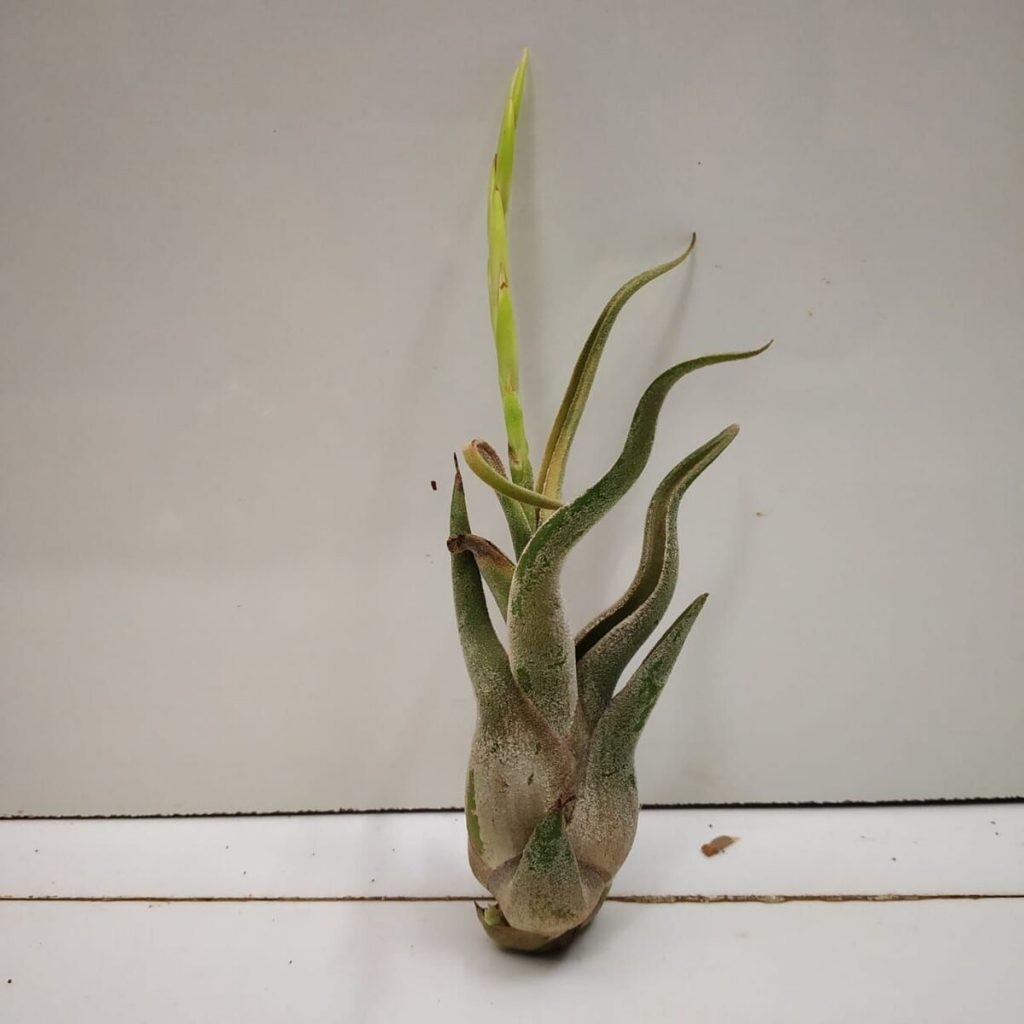
How to Get Your Air Plant to Bloom
Did you know that air plants flower? If you want to see your air plant bloom, then you may have your work cut out for you! These are so many different varieties that it is hard to generalize instructions that can work for them all as different species bloom at different times and flowering can also depend on care and environment.
Tillandsia flower at maturity and will only bloom once in their life. The mother plant will start producing baby plants (or pups) when they are nearing maturity. She will then die off, but each pup will grow into a mature plant and flower, although this could take years. Blooms can last from days to months, depending on the species.
When the blooms start to show, keep them out of the water. You can still give your air plant a bath, but the delicate petals won’t last submerged in water.
